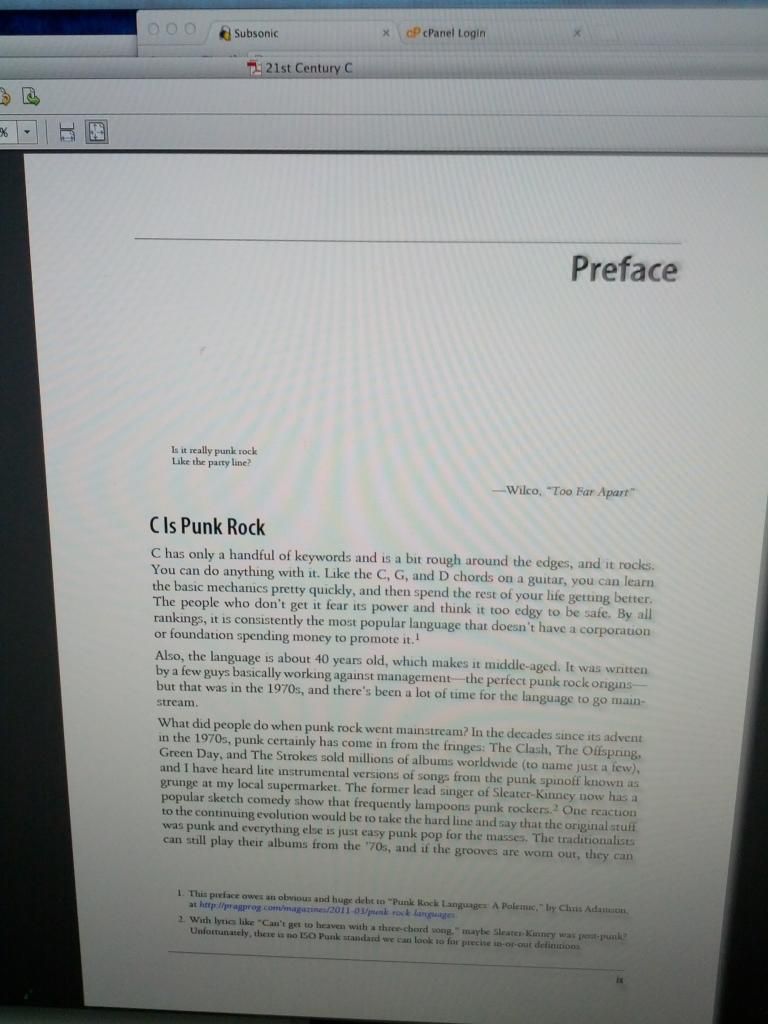lorebringer
Member
My SQL is atrocious and this isn't tested and probably won't work and be just as bad but something like:
I think comma separating like you had originally is the same as doing CROSS JOIN, which results in a table that has n * n rows, whereas an INNER JOIN should result in a table that has only the entries that match on the join points. I could be completely 100% wrong.
Code:
SELECT A.TransDate
FROM pricevolume as A
INNER JOIN pricevolume as B
ON A.ClosePrice = B.OpenPrice * 2
AND DATEDIFF(B.transdate, A.transdate) = 1
AND A.ticker = 't' AND B.ticker = 't'I think comma separating like you had originally is the same as doing CROSS JOIN, which results in a table that has n * n rows, whereas an INNER JOIN should result in a table that has only the entries that match on the join points. I could be completely 100% wrong.




